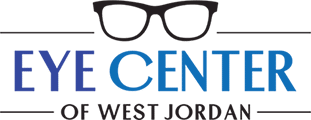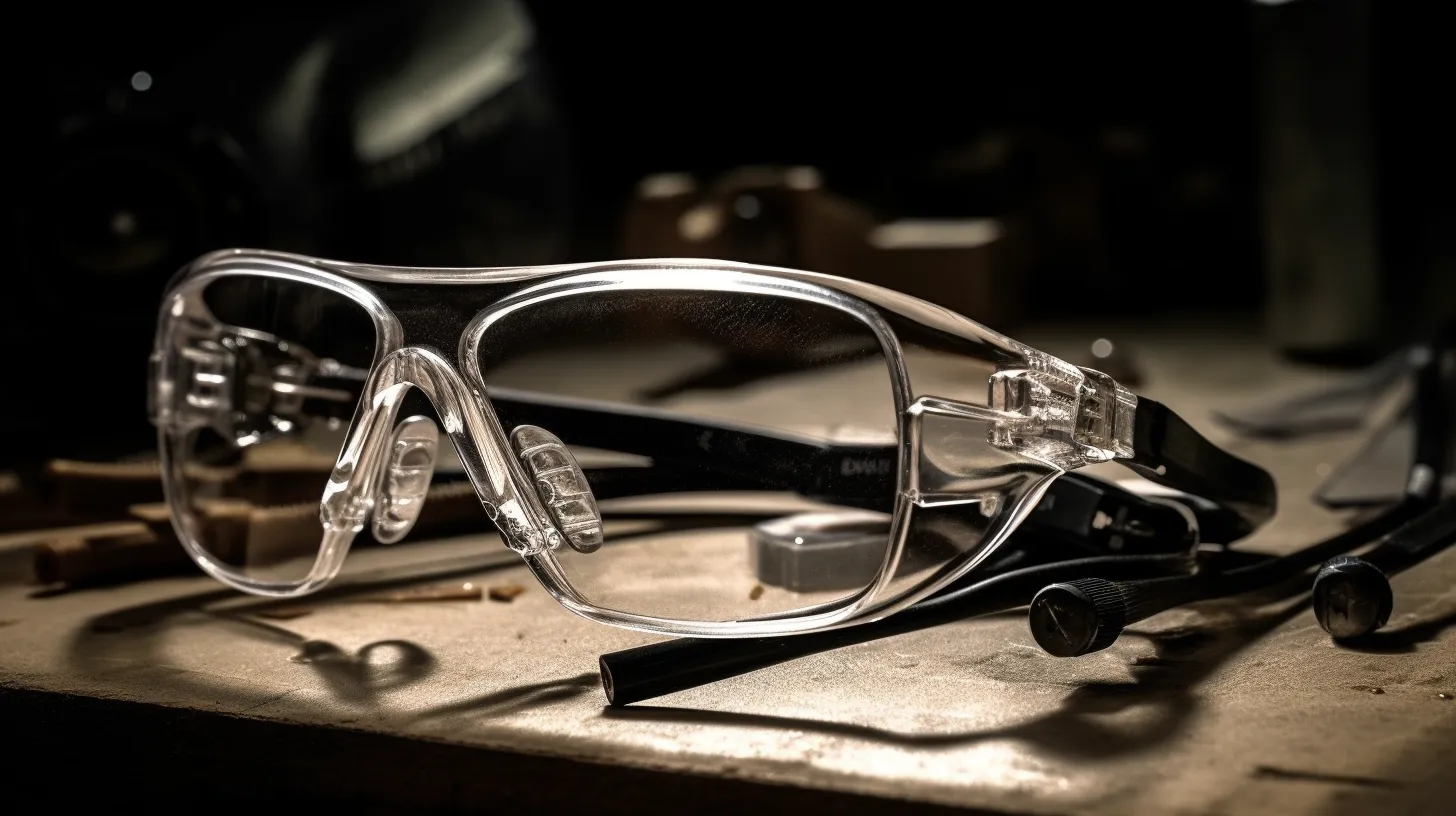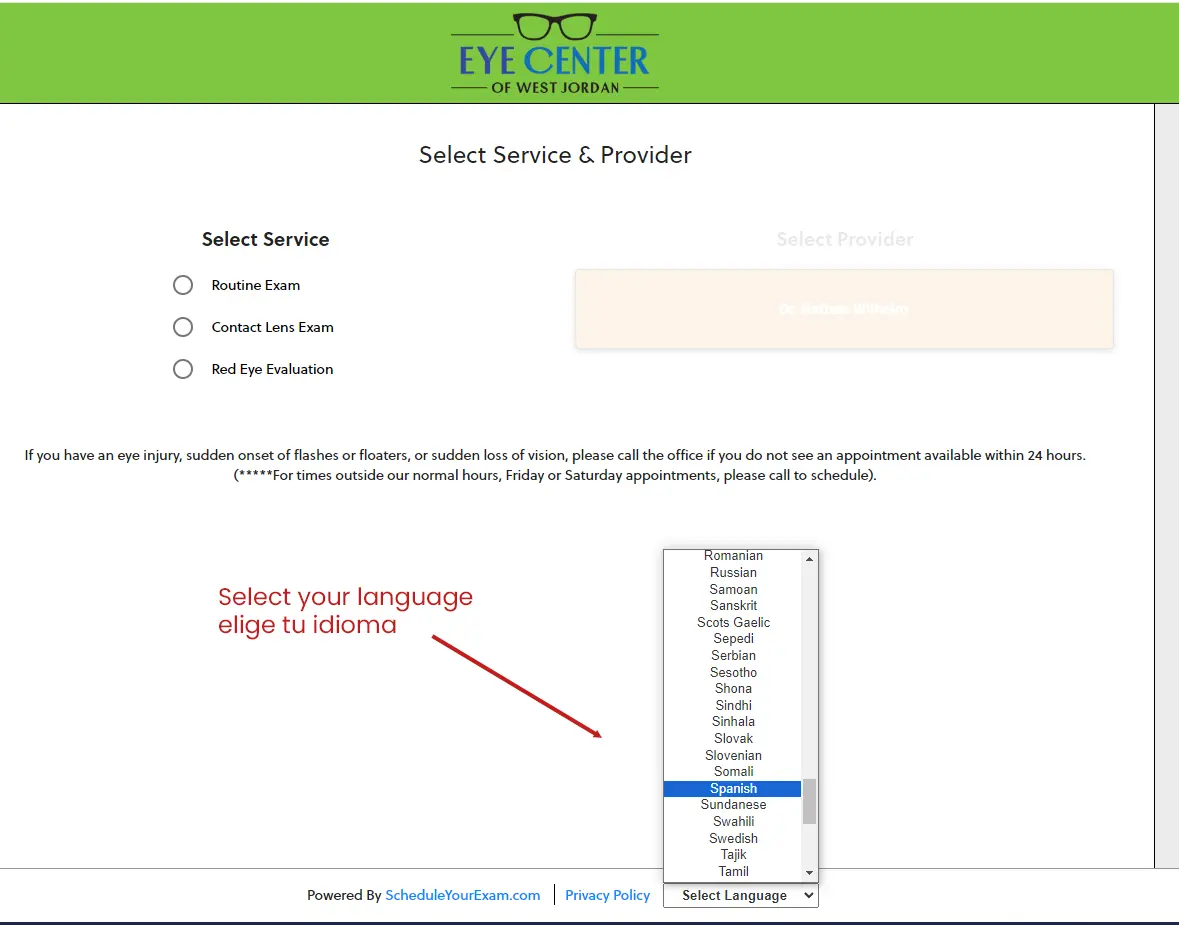Warnings advising people to wear safety glasses can be found all over–the jobsite, employee training manuals, instruction manuals for power tools, or in instruction booklets for assembling a simple piece of furniture, to name a few. Why are these warnings so commonplace? Do they really matter?
Our doctor’s response:
First of all, the cornea, the clear dome on the front of the eye, is typically only about 0.5mm thick, about the thickness of 5 sheets of paper. If the cornea gets perforated, fluid can leak out and lead to blindness in a very short amount of time. If the cornea does not get perforated, it can still get scarred or otherwise disrupted which can lead to blindness, reduced vision, or a painful condition called a recurrent corneal erosion.
Too many sad situations I’ve encountered as an optometrist could have been avoided. Others were fortunate enough to avoid vision loss from eye injuries–but could have fared much worse. But for those less fortunate–those with prosthetic eyes, corneal scars, or other vision impairment–many would have had less damage to their vision simply by wearing safety glasses. In my time practicing, I’ve met with a young boy who had to have one eye removed, I’ve removed metal splinters from the skin around a teenager’s eye due to the impact of a screwdriver, and I’ve had to remove metal shavings multiple times from peoples’ corneas that had already begun to rust. The list goes on.
The U.S. Bureau of Labor Statistics reported over 18,000 eye-related illnesses and injuries from the workplace in the year 2020 alone (not so 20/20 anymore?). The CDC (Center for Disease Control) website says “each day about 2,000 U.S. workers sustain a job-related eye injury that requires medical treatment.” While it doesn’t take a degree in math to see that the two agencies don’t seem to see eye to eye on their numbers, it is evident that not wearing eye protection is a risk, and one not worth taking.
In short, wearing eye protection is a very good idea, with ANSI-approved lenses and frames (American National Standards Institute), which includes impact-resistant lenses (usually including polycarbonate or Trivex lenses). Safety glasses and goggles can be very inexpensive, are usually available at building supply stores or hardware stores, and are much less expensive than eye surgeries or loss of vision. We carry safety glasses frames for prescriptions in our clinic, as we know how important it is to wear eye protection.
Even before I graduated from optometry school, I met a patient who showed me a chip in his glasses. He said the carbide tip from his saw had come off and hit his glasses. Who would have thought a saw blade would come apart during normal use? Be prepared for the unexpected.
You only get two. Protect your eyes.
References:
https://www.osha.gov/laws-regs/regulations/standardnumber/1910/1910.133



